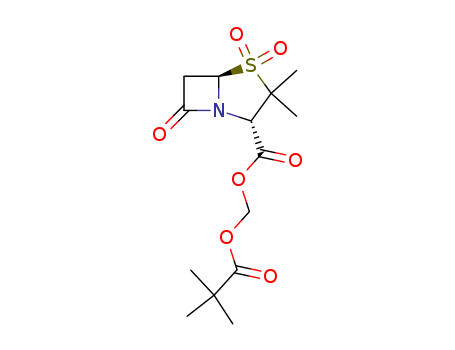| Description |
Tetracycline is an antibiotic that has been utilized in disease management situations in which SmR strains of E. amylovora or P. syringae already exist. However, tetracycline does not appear to be as effective as streptomycin in reducing blossom populations of E. amylovora (17). Additionally, strains of P. syringae with resistance to tetracycline have been isolated from pear orchards in Oregon and Washington (18), suggesting that resistance to this antibiotic will probably develop in orchards where it is applied. |
| Chemical Properties |
Crystalline Solid |
| Chemical Properties |
Tetracycline trihydrate is a white crystalline substance. |
| Originator |
Tetracyn,Pfizer,US,1953 |
| Uses |
antibactierial |
| Uses |
antibacterial, antiamebic, antirickettsial |
| Uses |
Tetracycline is a linear, tetracyclic, broad spectrum antibiotic first prepared chemically by dechlorination of chlortetracycline and subsequently isolated from several Streptomyces species. Tetracycline has broad spectrum antibacterial and antiprotozoan activity, and acts by binding to the 30S and 50S ribosomal subunits blocking protein synthesis. Tetracycline is a pigment and, like many pigments, is degraded by light, oxygen, trace metal ions and pH variations. The purity of tetracycline is often variable, with significant levels of degradation products. |
| Uses |
Tetracycline is a broad spectrum polyketide antibiotic. It is used clinically to treat bacterial infections such as Rocky Mountain spotted fever, typhus fever, tick fevers, Q fever, and Brill-Zinsser disease. It is used to treat upper respiratory infections and acne. It is used to study multidrug resistance as well as potential side effects such as acute pancreatitis. |
| Uses |
Antibiotic substance produced by Streptomyces spp. Antiamebic; antibacterial; antirickettsial |


 Diamondsupplier
Diamondsupplier 




